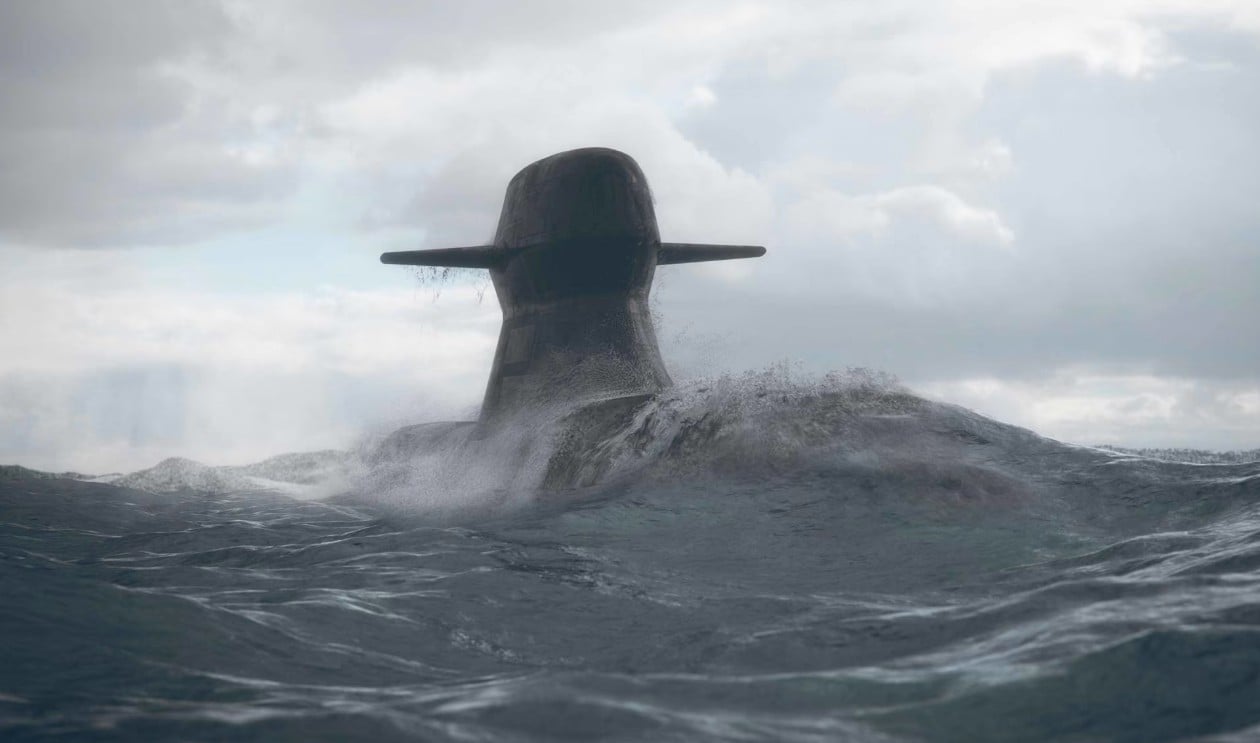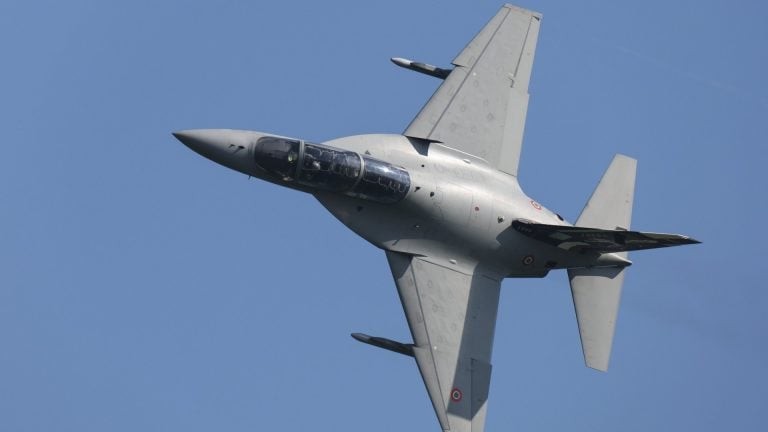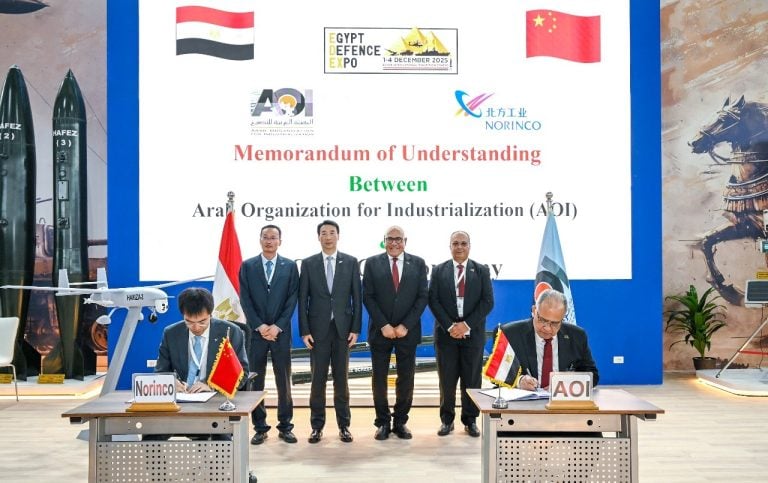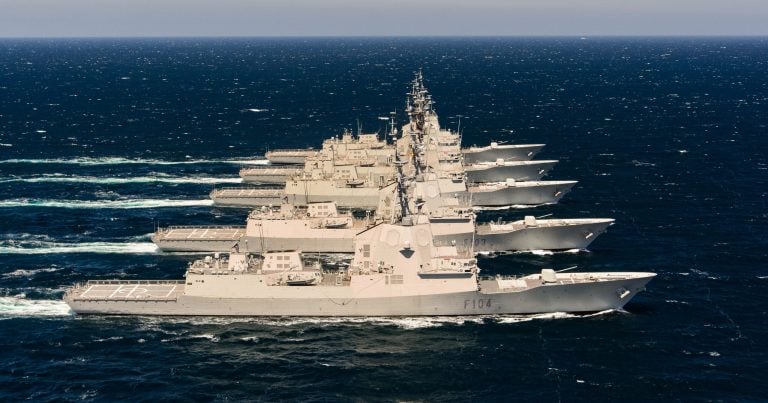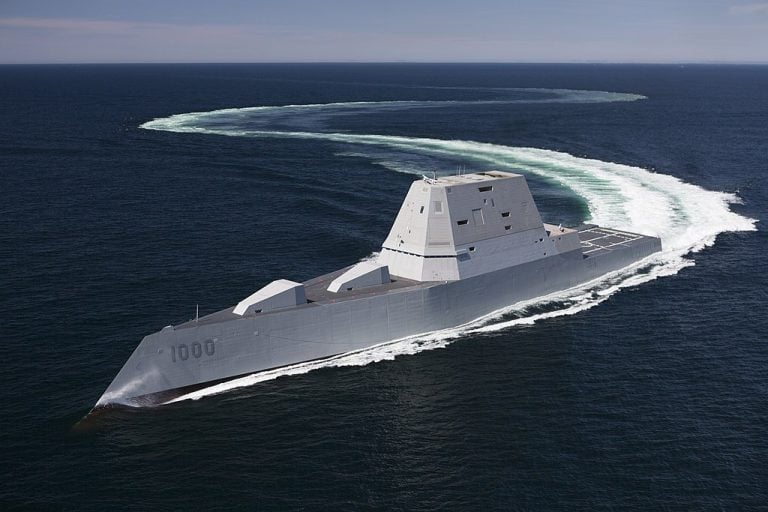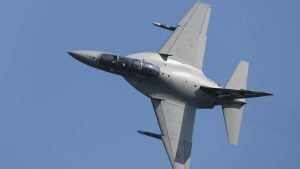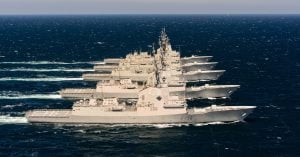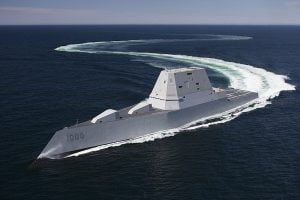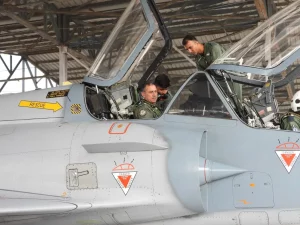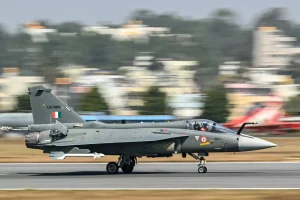Saab has secured a significant contract from the Swedish Defence Materiel Administration (FMV) for the final production phase of two Blekinge-class (A26) submarines. Valued at approximately 9.6 billion Swedish kronor (around $1 billion), this agreement includes various additional materials and services, with the majority of deliveries scheduled to take place between 2026 and 2032.
The Blekinge-class submarines are designed with advanced capabilities that emphasize mission flexibility, autonomous operations, and seamless integration with uncrewed systems. Micael Johansson, President and CEO of Saab, remarked on the state-of-the-art technology being developed, stating, “Saab is currently building the world’s most advanced conventional submarines for Sweden.” He further noted the collaborative efforts between Saab and FMV that have led to the development of a cutting-edge underwater capability aimed at ensuring the safety of Swedish waters for the foreseeable future.
The first of these submarines, HMS Blekinge, commenced construction in 2022, highlighted by a keel-laying ceremony at Saab’s shipyard located in Karlskrona on Sweden’s southern Baltic coast. This order marks a significant milestone, being the first submarine construction project in the country in over two decades, following its placement in 2015.
The design of the Blekinge-class submarine boasts several innovative features, most notably the Multi-Mission Portal. This configurable system enables the launch and recovery of various payloads, including both manned and unmanned underwater vehicles as well as special forces units. The submarines are adept at intelligence gathering and can function independently or in coordination with Saab’s Autonomous Ocean Drone and other uncrewed underwater systems.
In terms of specifications, the Blekinge-class submarines measure 66.1 meters (217 feet) in length, with a beam of 6.75 meters (22 feet) and a displacement of 1,925 tons. Powering the submarines are three diesel engines complemented by three Stirling engines, and they can accommodate a crew ranging from 17 to 26, with a maximum capacity of up to 35 personnel.
